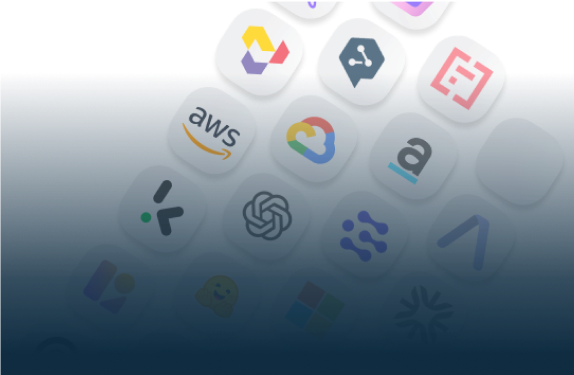
Start Your AI Journey Today
- Access 100+ AI APIs in a single platform.
- Compare and deploy AI models effortlessly.
- Pay-as-you-go with no upfront fees.
This blog compares Meta's Llama 3.3 and X's Grok-2, highlighting their strengths in tasks like reasoning, coding, and multilingual capabilities. Grok-2 excels in multitask accuracy, while Llama 3.3 offers superior cost efficiency.
.jpg)
When it comes to cutting-edge AI language models, xAI's Grok-2 and Meta's Llama 3.3 stand out as two of the most advanced systems available today. Both models bring unique strengths to the table, catering to diverse use cases in natural language processing, coding, and beyond.
Grok-2, launched in August 2024, is renowned for its state-of-the-art reasoning capabilities. On the other hand, Llama 3.3, released in December 2024, excels in multilingual dialogue optimization and cost efficiency, offering a highly scalable solution for businesses.
This article compares these AI powerhouses on features, pricing, performance, and real-world use. Whether you're a developer or a business, it will help you choose the right tool.
Sources:
We conducted an in-depth evaluation of Llama 3.3 and Grok-2 by comparing their performance across various standardized tests, assessing their strengths, weaknesses, and overall effectiveness.
Sources:
Grok-2 generally outperforms Llama 3.3 in multitask accuracy, while both models show equal strength in code generation capabilities. Llama 3.3 slightly edges out Grok-2 in math problem-solving, and it also demonstrates superior multilingual capabilities. This suggests that Llama 3.3 may be a better fit for tasks involving language diversity or math, while Grok-2 stands out in handling a variety of tasks simultaneously.
Developers can incorporate Grok-2 via X.AI into their applications. The following example illustrates how to interact with Grok-2 using Python, offering a straightforward approach for smooth integration.
Python request example for chat with xAI API:
Eden AI offers a unified platform that simplifies access to many models via a single API, removing the need to manage multiple keys and integrations. With access to a wide range of AI models, engineering and product teams can easily coordinate various models and incorporate custom data sources using an intuitive user interface and Python SDK.
To ensure performance consistency, Eden AI provides robust tracking and monitoring tools, enabling developers to maintain high-quality, efficient workflows. The platform also offers a transparent pricing model, where users only pay for actual API usage at the rates set by the AI providers—there are no subscriptions or hidden fees. Additionally, there are no restrictions on the number of API calls, regardless of scale.
Tailored to developers, Eden AI emphasizes ease of use, dependability, and adaptability, allowing engineering teams to focus on building impactful AI solutions without unnecessary complications.
Python request example for multimodal chat with Eden AI API:
Sources:
Llama 3.3's open source nature offers flexible, variable pricing depending on deployment, allowing developers to optimize costs across different platforms. In contrast, Grok-2 provides a more predictable cost structure with fixed rates—$2.00 for input and $10.00 for output per 1M tokens—making it easier to budget for high-volume usage.
In conclusion, both Llama 3.3 and Grok-2 offer distinct advantages tailored to specific use cases. Llama 3.3 excels in multilingual capabilities, math problem-solving, and cost optimization, making it a versatile choice for tasks requiring language diversity or computational precision. Its open-source nature provides flexibility for developers to manage costs based on deployment, allowing for greater control over budgeting.
On the other hand, Grok-2 stands out with its exceptional multitask accuracy and real-time fact-checking capabilities, making it ideal for research, content refinement, and tasks involving quick, reliable insights.
Depending on your specific needs—whether it's multilingual research or complex reasoning—both models provide powerful solutions, with Llama 3.3 offering more flexibility in cost management and Grok-2 delivering more predictable, transparent pricing for high-volume use.
Eden AI enhances the integration process by providing a unified platform that allows seamless access to countless models. This streamlined interface simplifies the deployment of AI-driven solutions, enabling developers to integrate these models into their applications without the hassle of managing multiple systems. With Eden AI, teams can quickly tailor their AI tools to meet specific project requirements, optimizing efficiency and reducing the complexity typically associated with integrating diverse AI technologies.


You can directly start building now. If you have any questions, feel free to chat with us!
Get startedContact sales